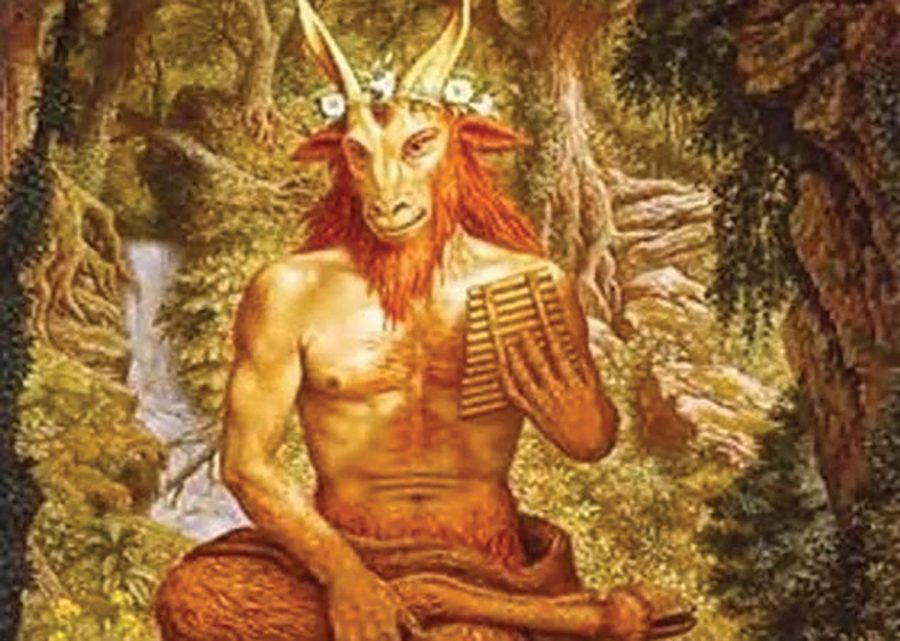How Valentine’s rose as a holiday of love
Valentine’s Day is all about love and showing appreciation to people’s loved ones. But where did the name St. Valentine come from? There are two different theories as to who St. Valentine was and what they did. In about 270 CE AD, Emperor Claudius II Gothicus ordered two priests (both named St. Valentine) to be killed for having miracle abilities and for converting Pagan people to Christianity. Both were executed Feb. 14, but years apart. Another Valentine was a bishop who was known to heal physical disabilities. He was arrested and executed for not converting to Paganism.
The origin of Valentine’s Day is said to come from the Roman festival Lupercalia. This originally dated from the 6th-century BC in honor of the Roman god of fertility, Lupercus. It was celebrated on the ides of February. The festival started with the priests’ sacrifice of a goat for fertility, and a dog for purification. They used the sacrificed goat’s hides and cut strips, using them to gently slap women and fields in order to bestow fertility. During the festival, the men would draw names of females out of a jar to couple up with for the duration of the festival.
In the fifth century, when Pope Gelasius went into power, he banned Lupercalia and pronounced Feb. 14 a day to feast in honor of the martyred St. Valentine.
Valentine’s Day was not related to romance until Geoffrey Chaucer wrote a poem called The Parlement of Foules, though that may have been by accident, seeing as Valentine’s Day is near the time of year when birds start mating. William Shakespeare also romanticized Valentine’s Day with his literary works.
Handmade paper cards became the tokens-de-jour in the Middle Ages. The earliest Valentine’s Day card on record was dated back in 1415 when the Duke of Orléans sent a card to his wife while he was a prisoner in the Tower of London.






